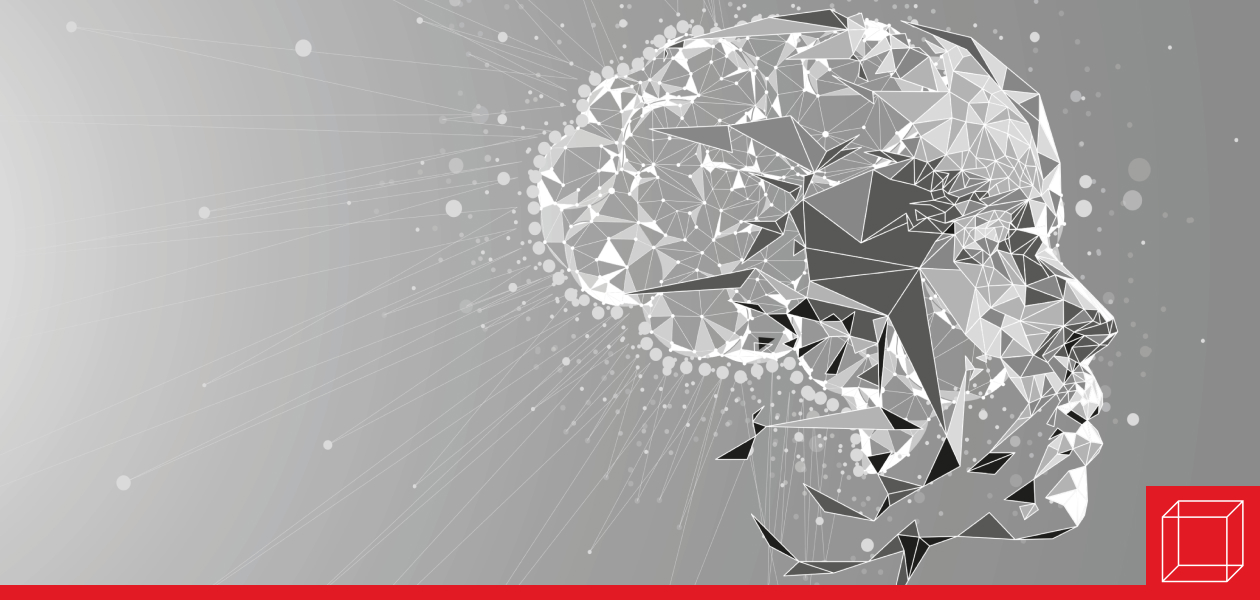ChatGPT: Game-Changer or Hype Machine?
ChatGPT is a large language model developed by OpenAI and is able to generate human-like responses to a wide range of inputs.

What Is ChatGPT?
There has been a huge buzz lately surrounding ChatGPT, the latest potential disruptive innovation to come along. As defined in its own terms, “ChatGPT is a large language model developed by OpenAI. It is trained on a dataset of conversational text, and is able to generate human-like responses to a wide range of inputs...”1 This means that ChatGPT’s AI (Artificial Intelligence) is capable of performing tasks that were previously not possible with technology alone. For example, the tool can write code, compose poetry, and generate college-level essays that are authentically created. This means that content generated by ChatGPT is not just an amalgamation of existing works sourced from the Internet, but instead is being uniquely created each time a user enters their request into the prompt.
Implications for Higher Ed
Among the greatest concerns about ChatGPT as it relates to higher education are the implications for the college essay. Various instructors and institutions have branded ChatGPT and similar tools a serious threat to college writing as it currently exists. If an AI-based program can write an authentic essay that bypasses anti-plagiarism software (because it isn’t technically someone else’s work), then what is to prevent students from “cheating” en masse by just using the software to write essays on their behalf? Keep in mind that the program can generate a coherent college-level essay on a particular topic in about 15-30 seconds. However, are these concerns by institutions well founded? In other words, how accurate is ChatGPT at producing a potentially successful result?
The answer is emphatically…it depends. As you might expect, for answers that can be looked up simply on Google, ChatGPT is in many cases quite superior. It can, for example, easily regurgitate the 4 P’s of Marketing (Product, Price, Promotion, Placement) in an itemized list, just as Google could, but ChatGPT could do even better by providing a student with an essay on the 4 P’s and how they are each used in various marketing/industry environments. So, in this sense, it is a potential threat to some courses and programs that may still be relying heavily on memorization and simple recollection/reorganization of facts.
However, it is important to also be aware of the limitations of ChatGPT. While it may be able to write code, it cannot yet make meaningful connections to the level that human beings are capable of. Even when it comes to college essays, for example, the system was not able to coherently produce even 10% of a case study analysis paper from the author’s own university-level IT Management Program. So, while ChatGPT and similar tools are improving and getting smarter as time goes on, there are significant limitations. Availability/uptime and an almost certain impending paywall are just two additional customer threats looming large on the horizon that will directly impact the success or failure of ChatGPT and its parent company OpenAI.
Some Practical Uses for AI in Higher Education
simulations
adaptive learning technologies
virtual reality character interactions for soft skills teaching/practice
brainstorming, clustering, outlining (essay development)
online research (library-style information search/compilation)
chatbot assistants as a quick reference guide
coding and graphic design help/support
Possibilities
As humans, we often resist change, but thankfully, we are at least capable of it, unlike (most) machines. The good news is that we can stay ahead of AI technology in the classroom. And taking it even one step further, we can and should innovate along with it.
Instead of viewing ChatGPT as a threat, what if we saw it as an opportunity? What might happen if we asked ourselves how programs like ChatGPT could be used to solve challenges in the higher education landscape that we have been wrestling with for years, or problems that have previously had no reasonable solution? Maybe the next wave of education will include humans and machines working together to solve difficult societal issues. Consider that, in higher education, we could train students to think more like a bot? Might there be value in the exercise of training the human mind to recognize patterns and make associations to a greater degree until new ideas, connections, and solutions are discovered?
Finally, if machines will have the ability to perform tasks that uncover answers which humans cannot, then perhaps students and educators can focus greater attention on asking better questions to journey beyond what we once believed possible.



